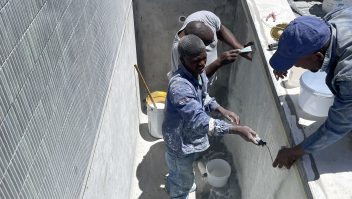Understanding the anatomy of your swimming pool is essential for proper maintenance and troubleshooting. Each component in a pool has a specific function that contributes to the overall operation, from ensuring water circulation to maintaining a safe and clean swimming environment. In this blog post, we’ll explore the main parts of a swimming pool, explain their functions, and provide helpful tips on maintaining each of these essential components.
Key Parts of a Swimming Pool
1. Pool Shell
The pool shell is the main structure of the pool, typically made from concrete (gunite), fibreglass, or vinyl. This is the part of the pool that holds water.
- Concrete Pools: Highly customizable and durable.
- Fibreglass Pools: Pre-formed and quick to install with a smooth finish.
- Vinyl Pools: Affordable with a customisable liner.
Maintenance Tip: Regularly inspect the pool shell for cracks or leaks, especially in concrete pools, to ensure structural integrity.
2. Pool Walls and Floor
The walls and floor of the pool are essential for maintaining the shape and depth of the pool. These parts can be constructed with the same material as the shell or separately, depending on the type of pool.
- Concrete Pools: Concrete is plastered over the pool’s framework.
- Fibreglass Pools: The walls and floors are part of the pre-formed shell.
- Vinyl Pools: The liner forms the walls and floor, providing a smooth finish.
Maintenance Tip: Check for algae build-up, especially in vinyl pools where the liner can be prone to wear and tear. Clean regularly using pool-safe chemicals.
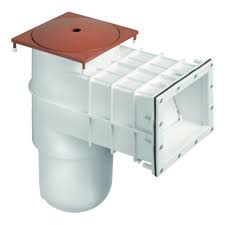
3. Skimmer
The skimmer is responsible for collecting debris from the water’s surface. Located at the edge of the pool, it captures leaves, insects, and other floating debris.
Maintenance Tip: Regularly clean the skimmer basket to ensure optimal function. A clogged skimmer can lead to poor water circulation and filtration.
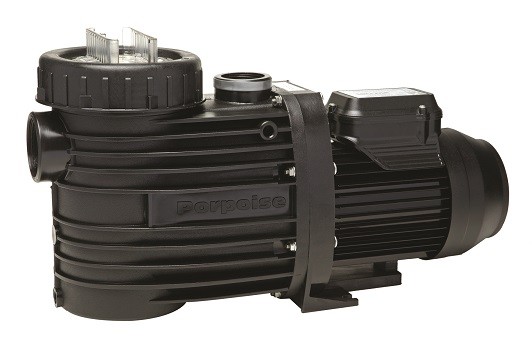
4. Pump
The pool pump circulates water throughout the filtration system. It draws water from the pool through the skimmer and main drain, passing it through the filter before returning it to the pool.
- Main Pump: Ensures water circulates throughout the pool.
- Backup Pump: Some pools use a second pump for redundancy, especially in larger systems.
Maintenance Tip: Check for unusual noises or reduced flow, which could indicate a blockage or mechanical issue.
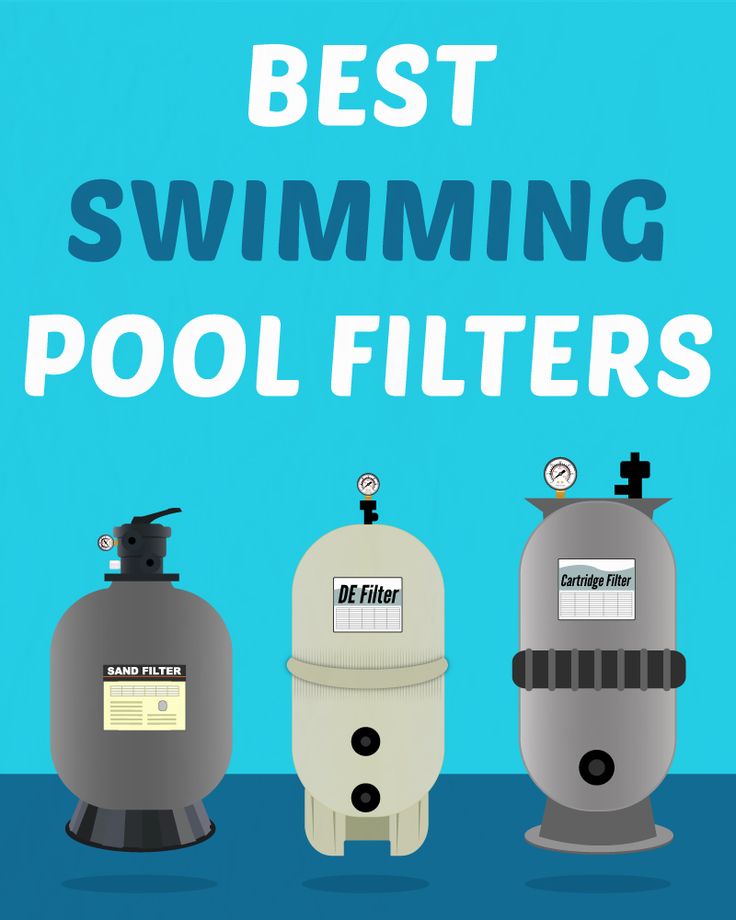
5. Filter
The filter plays a crucial role in maintaining clean pool water by removing particles, debris, and contaminants. There are three main types of pool filters:
- Sand Filters: Use sand to trap debris. They are easy to maintain but can’t filter very fine particles.
- DE (Diatomaceous Earth) Filters: Provide higher filtration quality, removing particles as small as 1-2 microns.
- Cartridge Filters: Easy to clean but may require more frequent replacement compared to sand and DE filters.
Maintenance Tip: Regularly clean the filter and replace the filter media as needed, depending on the type of filter
6. Plumbing System
The plumbing system of a pool includes pipes and valves that circulate water to and from the pump, filter, heater, and other pool equipment. Proper maintenance of the plumbing is critical for the efficient operation of the pool.
Maintenance Tip: Check for leaks in the plumbing lines, especially at the fittings and connections.
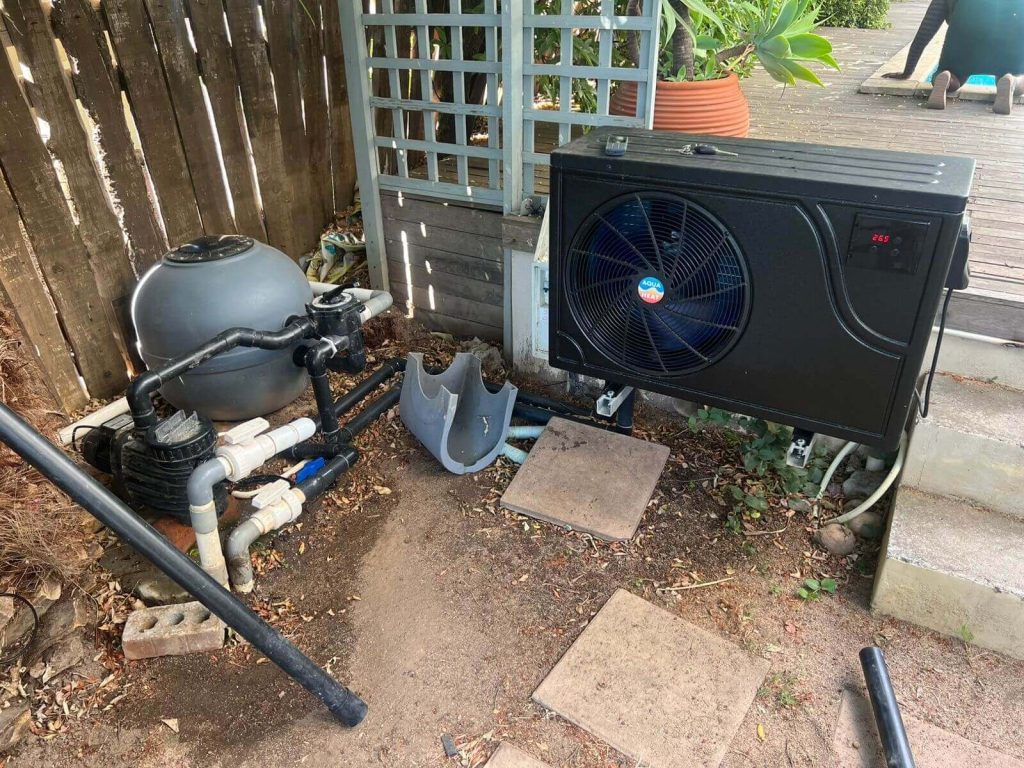
7. Heater
If you wish to extend your swimming season, a pool heater can be installed to maintain comfortable water temperatures. Pool heaters come in different types:
- Gas Heaters: Fast and efficient for heating large pools.
- Electric Heat Pumps: Use ambient air to heat the water and are energy-efficient but slower.
- Solar Heaters: Use solar panels to heat the water; however, they are dependent on sunny weather.
Maintenance Tip: Clean the heater’s filters regularly and ensure there are no obstructions in the system.

8. Chlorinator/Other Chemical Feeders
Chlorinators help maintain the proper chemical balance in the pool by automatically adding chlorine or other sanitisers to the water. This ensures the pool remains sanitised and safe for swimming.
- Saltwater Chlorinators: Convert salt into chlorine, providing a more natural sanitizing method.
- Inline Chlorinators: Automatically inject chlorine into the water from a canister.
Maintenance Tip: Regularly check the chlorinator’s settings to ensure the water is being properly chlorinated.

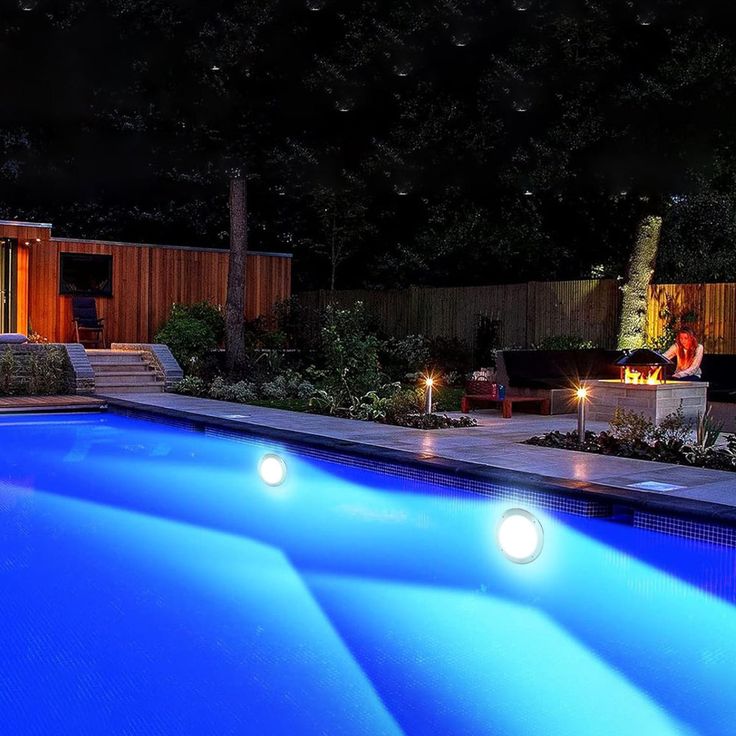
9. Lighting
Pool lighting not only provides illumination for night swimming but also enhances the aesthetic of the pool area. Common lighting options include LED lights and fibre-optic lighting, which can create a range of effects.
Maintenance Tip: Clean the light fixtures and replace bulbs when they burn out to maintain pool safety and ambiance.
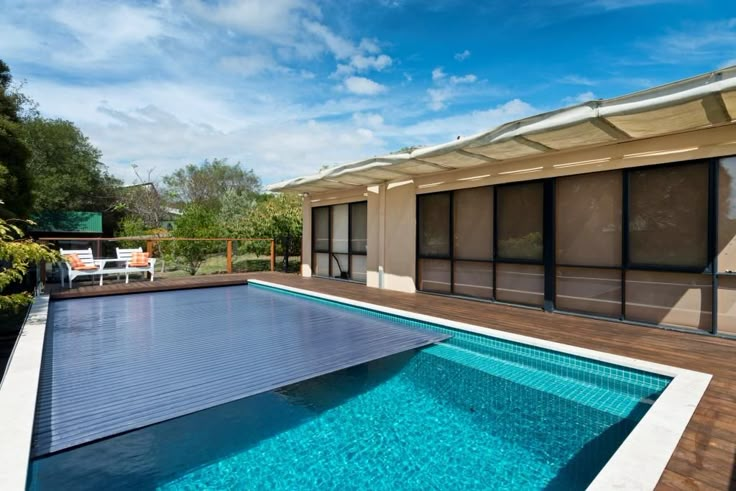
10. Pool Cover
A pool cover helps to keep debris out of the pool and conserves heat, especially during colder months. There are several types of covers available, including manual and automatic pool covers.
Maintenance Tip: Ensure the cover is free of tears or holes and clean it regularly to prolong its lifespan.
Pool Maintenance Tips for All Parts
- Regular Inspections: Routinely inspect all parts of your pool to identify any potential issues early.
- Chemical Balancing: Ensure the pool’s pH, alkalinity, and chlorine levels are within the recommended ranges.
- Cleaning: Clean the pool’s surface, skimmer baskets, and filters on a regular basis to maintain water quality.
- Winterizing: During the off-season, winterize your pool by draining the water from the pump and plumbing, cleaning the filters, and covering the pool.
FAQ Section
1. What parts of the pool require the most maintenance?
The pump, filter, and skimmer typically require the most attention. Regular cleaning of the skimmer and filter, along with checking the pump for functionality, ensures that your pool operates efficiently.
2. How often should I clean the pool’s filter?
This depends on the type of filter. Sand filters should be cleaned every 4-6 weeks, DE filters every 2-4 weeks, and cartridge filters should be cleaned when the pressure gauge shows an increase of 8-10 psi.
3. Why is my pool pump making noise?
A noisy pump may indicate a blockage, air in the system, or a worn-out bearing. Check the pump for debris and ensure the plumbing is clear. If the noise persists, consider having a professional inspect the pump.
4. How can I keep my pool water clean without chemicals?
While chemicals are necessary for sanitising pool water, you can reduce chemical use by keeping the pool clean with a cover, maintaining proper filtration, and using a saltwater chlorinator as an alternative to traditional chlorine.
Internal Links:
External Links:
By understanding the anatomy of your pool and regularly maintaining its components, you can ensure that it stays in top condition throughout the year, giving you and your family years of enjoyment and relaxation. If you need help with pool maintenance or installing new equipment, feel free to reach out to a professional pool service provider!


